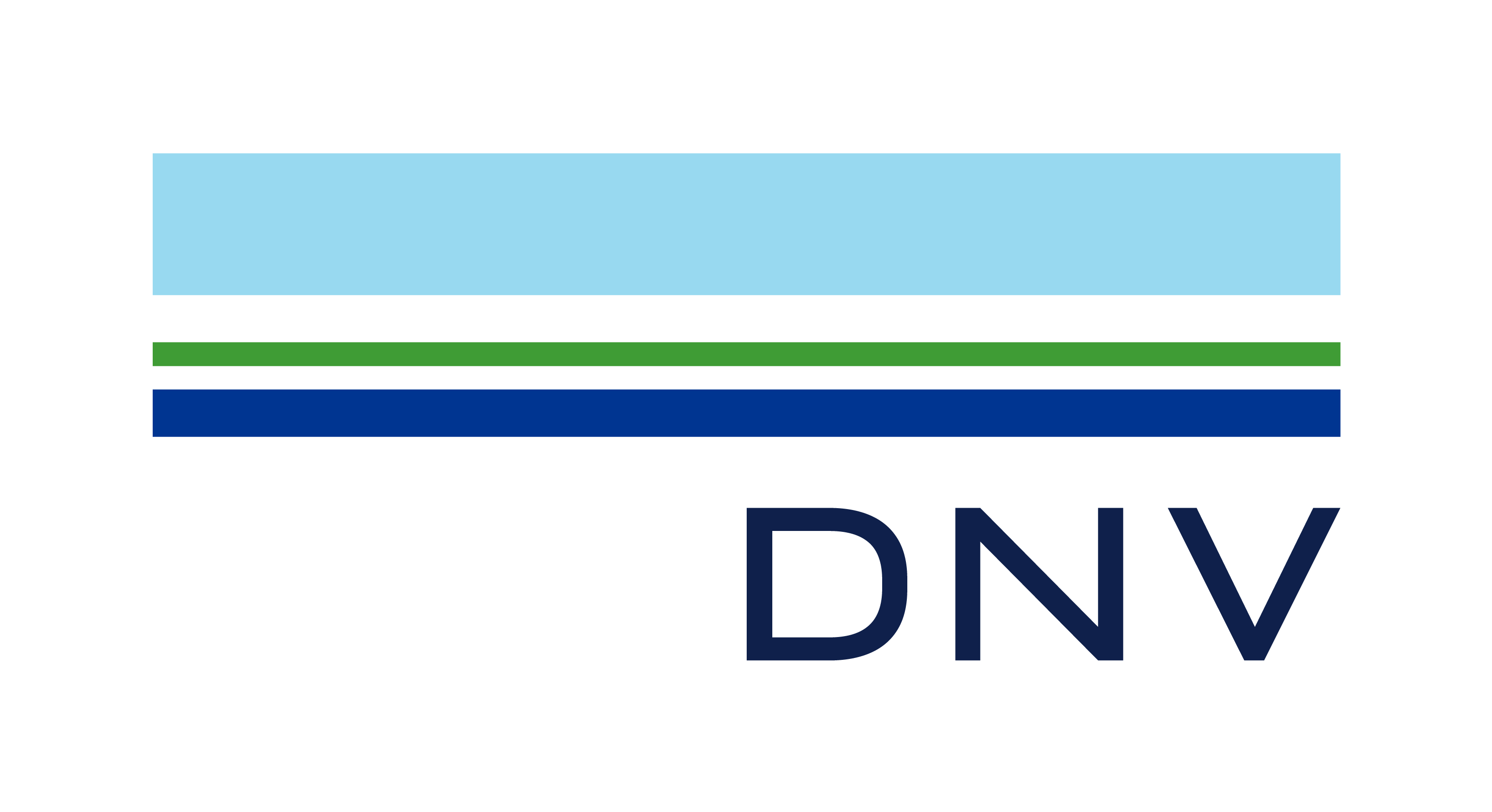
Managing Change in Liverpool Bay
|
Over 1.5 million people, including 22 Members of Parliament, in north-west England and North Wales have a ringside view of the Liverpool Bay oil and gas fields. The asset is operated by Australian multinational BHP Petroleum, in a joint venture partnership with Lasmo and Centrica Resources. With one of the four fields just five miles offshore, activities are very much in the public eye. So far, the Partnership has invested £23 million in measures to make the environmental systems even more robust, and to avoid damage to the environment in the future. |
|
|
David Walker, vice president of BHP Petroleum |
The Liverpool Bay fields are situated close to the tourist mecca of Blackpool and the beaches of North Wales, the Wirral and Lancashire. The crude oil from this asset is waxy, contains 2 per cent H2S and has a strong, unmistakable odour. This combines to give BHP Petroleum challenges in both safety and the environment which are different from most operations on the U.K. Continental Shelf. Geology and geography have conspired to demand the highest standards of health, safety and environmental management. BHP vice president David Walker and his team know that the slightest slip from these standards can result in oil on beaches, attention from the media, questions from politicians and demands from the public. If one drop of oil gets into the sea, it will be headline news in a matter of hours, he says. |
|
Baseline IERS (International Environmental Rating System) and ISRS (International Safety Rating System) audits conducted by DNV in 1998 set a benchmark for further progress and improvement in the fields safety, health and environmental performance. The BHP asset team grasped this opportunity for positive change, and a challenging improvement programme was developed and initiated. DNV was actively involved in all aspects of this programme, and engineers and consultants from the London, Stockport and Aberdeen offices became regular visitors to the offshore installations, onshore processing plant and BHPs London headquarters. Measurable Improvements Relatively minor incidents which have been exacerbated by the fields’ location have resulted in intense scrutiny from the industry regulators, local authorities and tourist boards. Environmental pressure groups have also exerted pressure on local and central government that has increased the attention paid to BHP Petroleum. We have worked very closely with DNV, explains David Walker. This involves behavioural analyses and assessment, change management, training, environmental consultancy, safety engineering and general safety, health, environment and quality support. DNV has also played an active role in BHPPs redesign and restructuring of the fields’ management and operating systems and structures. Emergency Response For BHP Petroleum, improved health, safety and environmental performance is the key performance target for this field, which was opened in 1996 and is expected to produce hydrocarbons until 2015. Communication with Stakeholders We feel were heavily involved as members of a BHP team, states Nick Jackson, the head of DNVs core team. This consists of five employees from DNVs offices in Aberdeen, Stockport and London, who have been assisted by some 30 other staff during the past year. |
|
LIVERPOOL BAY ASSETS
|
|
Date: 15 May 2000
Author:
Source: DNV Forum no. 1, 2000



